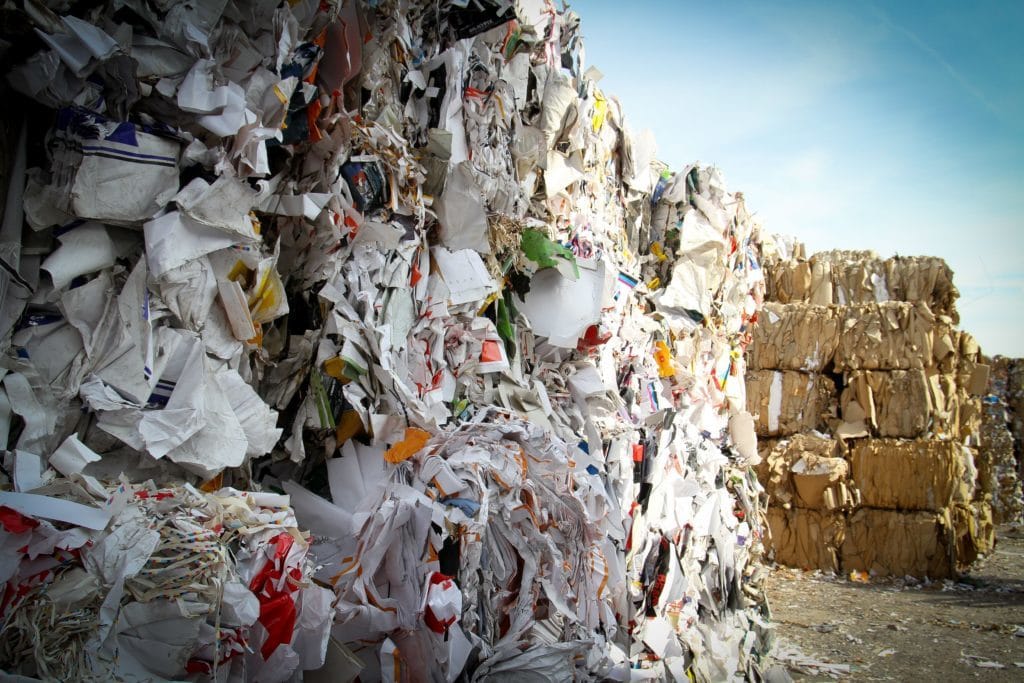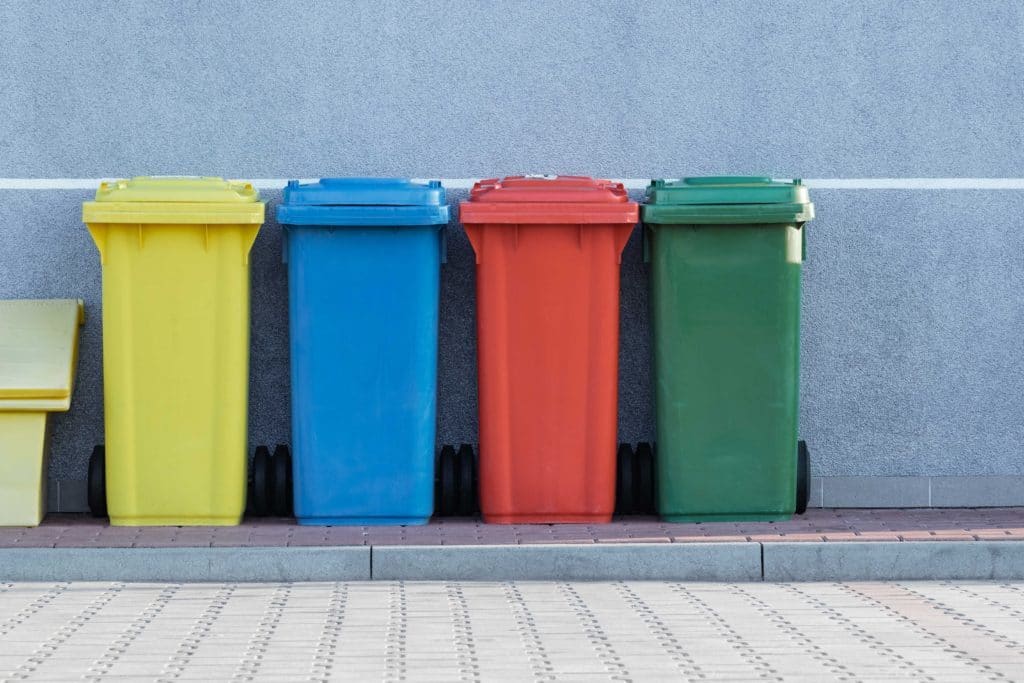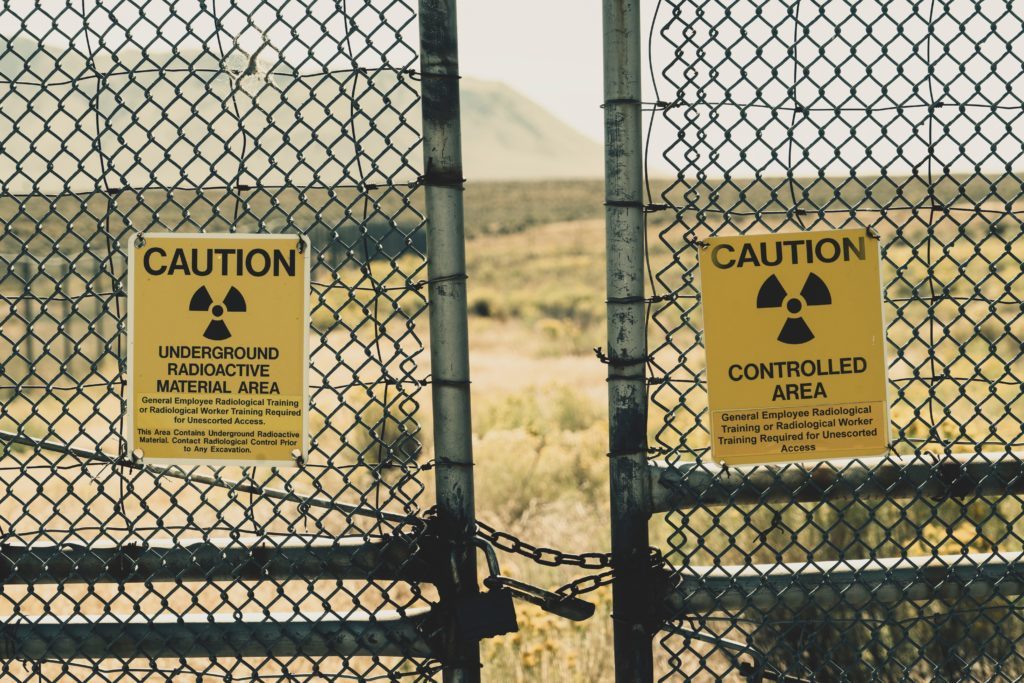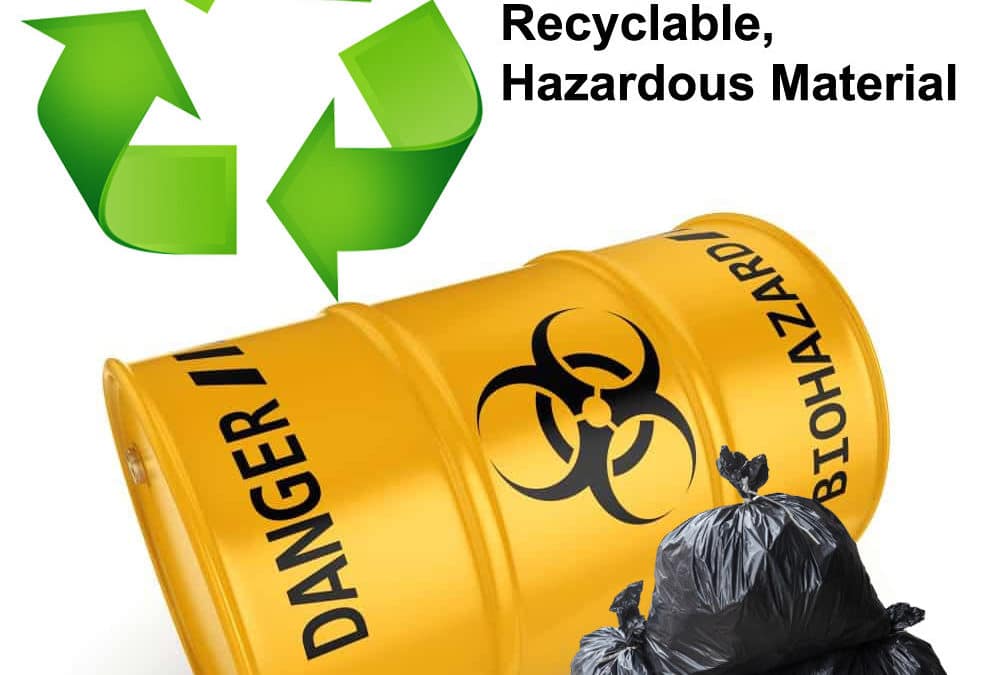Dealing with waste used to be as simple as tossing unwanted items in a bin. It was easy, but that doesn’t mean it was safe or responsible—especially when it came to hazardous material. Thanks to new technology and a better understanding of the environment and its influences, we now have the capability to dispose of waste in ways that are environmentally friendly and efficient. It makes your job of cleaning up a bit more complicated, but once you know what you’re doing, dealing with your household and commercial waste in a responsible manner is quick and easy.
The trick is knowing exactly what belongs in the garbage, what should be recycled, and what you’ll need a professional waste management company to handle. Every city employs its own haulers and processors, and that means rules about waste sorting can differ depending on where you live. It’s important to contact your local company to get specific instructions. But in the meantime, there are basic rules most waste processors want you to follow.
Here’s what you need to know about what kind of waste should go where and when you need to call a hazardous material removal company.
Toss it in the Trash
Trash, garbage, rubbish—whatever you want to call it—is the material you put in the bin to be taken to a landfill. These are the items that can’t be recycled or turned into compost, and they get sent to sit safely in a disposal area.

A modern landfill consists of tightly packed piles of waste that are sealed off from both the ground beneath and oxygen. The goal is to store the waste in a safe way as possible. And while some decomposition does happen over time, most of what ends up in a landfill will still be around long past your lifetime. For this reason, it’s important to be conscious of what exactly you put in the trash. Landfill space is limited.
The common items that belong in the garbage bin are:
- Diapers
- Small plastics like creamer cups and straws
- Soiled paper and napkins
- Take-out containers (including pizza boxes)
- Foam packaging materials
- Ceramics
Sort it as Recycling
The term “recyclable” isn’t easy to define. In general, it’s any material that can be reused or turned into something different. Today, recycling is a common practice. Public spaces like malls and amusement parks provide categorized bins to facilitate recycling, and according to Planet Aid, 34% of U.S. waste is eventually recycled. Separating waste into what can be recycled and what can’t is a mainstream ideal today, but it wasn’t always that way. Large-scale recycling for the sake of the environment didn’t catch on as popular or necessary until the 1970s. Since then, countries around the world have been continuously improving the process to make it easier and more cost-efficient.

Even still, we haven’t yet reached a point where everything we consume and use can be recycled. The problem isn’t in the materials, it’s all about economics. Almost every type of material can be broken down to its core properties and turned into something new. But in today’s world, that doesn’t always make sense to do. In most cases, it’s because breaking down a certain material is too expensive, and it’d be cheaper to simply make it new.
Instead of spending obscene amounts of money to recycle every single item, most cities invest in processing plants that provide basic recycling services. Paper, plastic, and glass, are the common materials worth recycling. Exactly what you can recycle will depend on the services you’re using and their capabilities. In general, these items are the easiest and most commonly recycled:
- Office paper
- Envelopes
- Newspaper
- Cardboard
- Plastic bottles
- Glass jars and bottles
- Aluminum cans
The following items are typically recyclable, but depending on your area, they might not belong in the recycle bin you put on the side of the road. You might need to find a specialty recycling center nearby.
- Scrap metal including paint cans and small appliances
- Electronics like old computers and televisions
- Wood scraps
Hire a Waste Management Company
Most days, your role in responsible waste disposal consists of determining if something belongs in the garbage or recycling bin. But there will also be days when you come across hazardous materials. If you own a business that regularly uses hazardous materials, knowing how to properly dispose of them is part of your job. Automotive shops, pest companies, painting services, and most industrial companies use hazardous materials and produce hazardous waste. But business owners aren’t the only ones. Look around your home, and you’ll likely find several materials that don’t belong in either the garbage or the recycling. Proper and safe disposal of these items requires help from a waste management company that is specially trained and certified in hazardous material removal and disposal.
The following items are considered hazardous:
- Explosives
- Antifreeze
- Batteries
- Brake fluid
- Paint
- Pesticides
- Solvents
- Lighter fluid
- Fire extinguishers
- Pool chemicals
- Old propane tanks
Identifying Hazardous Material
This is only a small sampling of hazardous materials often found in homes and businesses. It would be impossible to list them all, but there are nine generalized classes of hazardous materials that cover everything you would need a waste management company for.
The nine classes are:
- Explosives
- Gases
- Flammable liquids
- Flammable solids
- Oxidizing substances
- Toxic substances
- Radioactive materials
- Corrosives
- Miscellaneous
To help identify hazardous materials, the EPA breaks it down into four characteristics. If something is ignitable, corrosive, reactive, or toxic, it is safe to assume it’s hazardous. The federal government has also established a labeling system to identify harmful materials. Flammable gases, for example, are identified with a red label and flame symbol. Toxic substances (including poisons) are labeled with white and a skull and crossbones. You can find the full identification chart on the EPA’s website.
Proper Disposal of Hazardous Waste
To ensure the safety and protection of both the environment and human health, the EPA has put forth strict regulations on how to properly dispose of hazardous waste. Many business owners and most homeowners will at some point be faced with the question of what to do with their harmful materials. Everything from used motor oil to paint thinner needs to be carefully disposed of. When you come across hazardous material, first use the label to identify its potential risks. Next, consider your options for recycling and disposal. For example, many auto part shops accept used motor oil for recycling. Other materials, like solvents and thinners, need to be dropped off at an appropriate hazardous waste site. For businesses that produce high volumes of hazardous waste, proper disposal is even more important.

If you’re not sure what to do with your hazardous material, always contact a professional. Putting paint thinner in the garbage is a fire hazard and putting old pesticides down the drain could contaminate the environment. To keep yourself and your environment safe, it’s important to take the risks seriously and seek professional service when you need it.
When you have hazardous material that needs to be properly disposed of, Hayward Environmental Consulting offers efficient and affordable services. We are professionally trained in complete hazardous materials management and work with both small and large quantity generators. We offer transportation and cleanup along with the peace of mind in knowing harmful materials are handled ethically and responsibly.
Contact us today if you have questions about what to do with your hazardous material.

